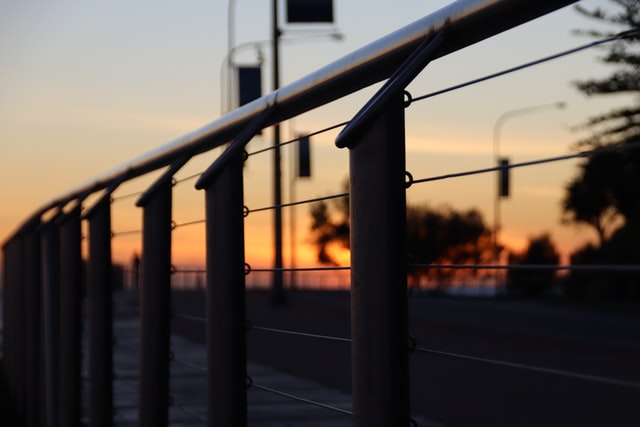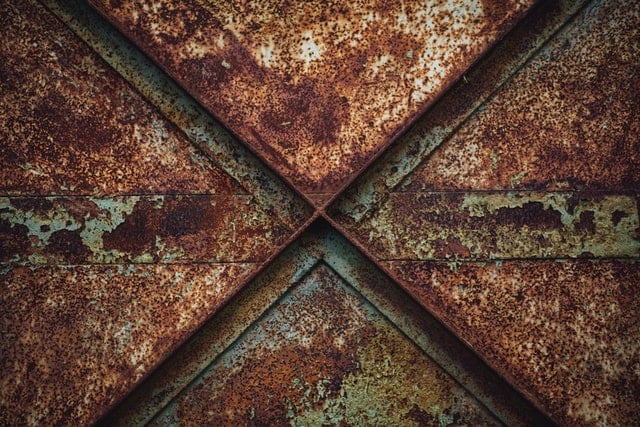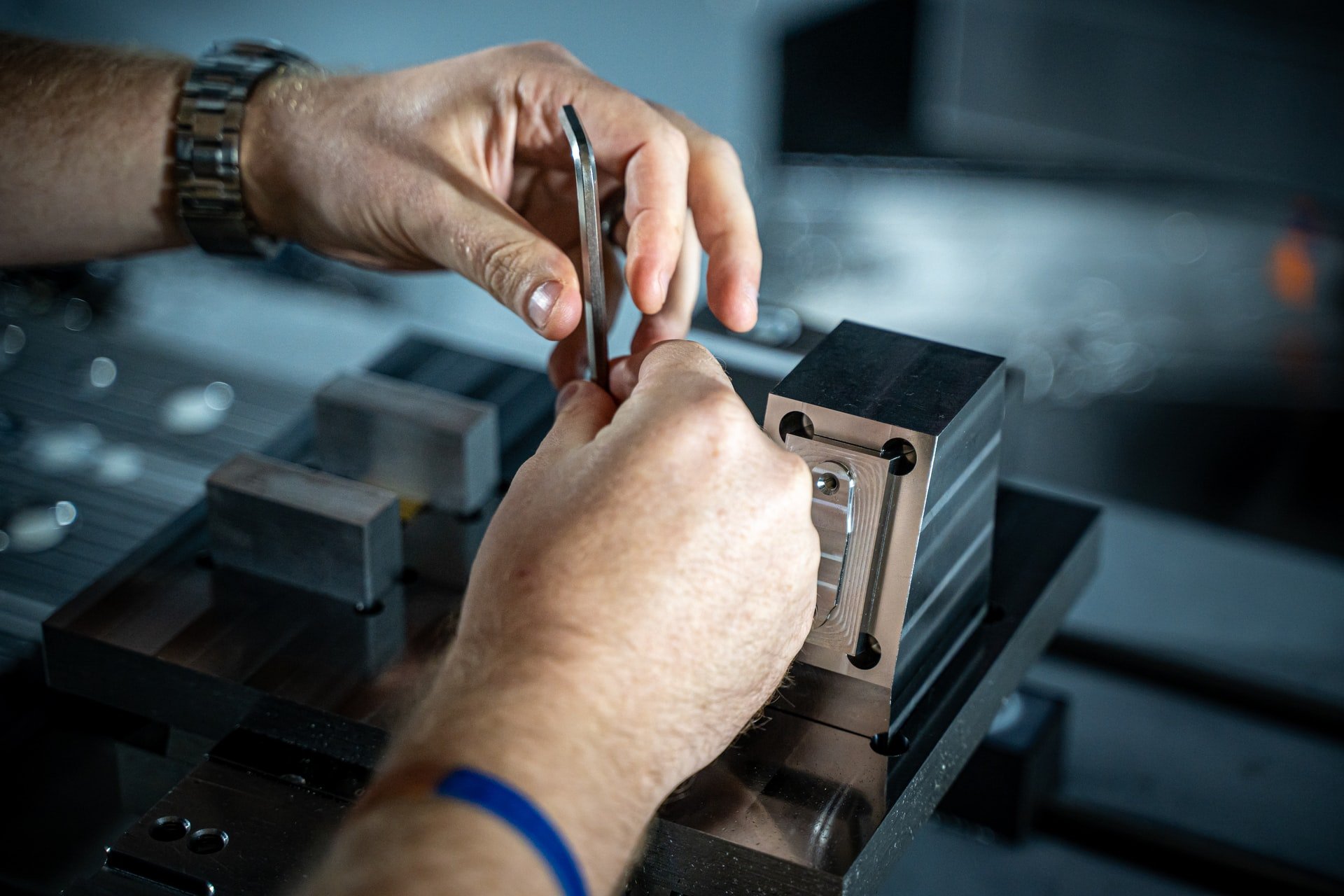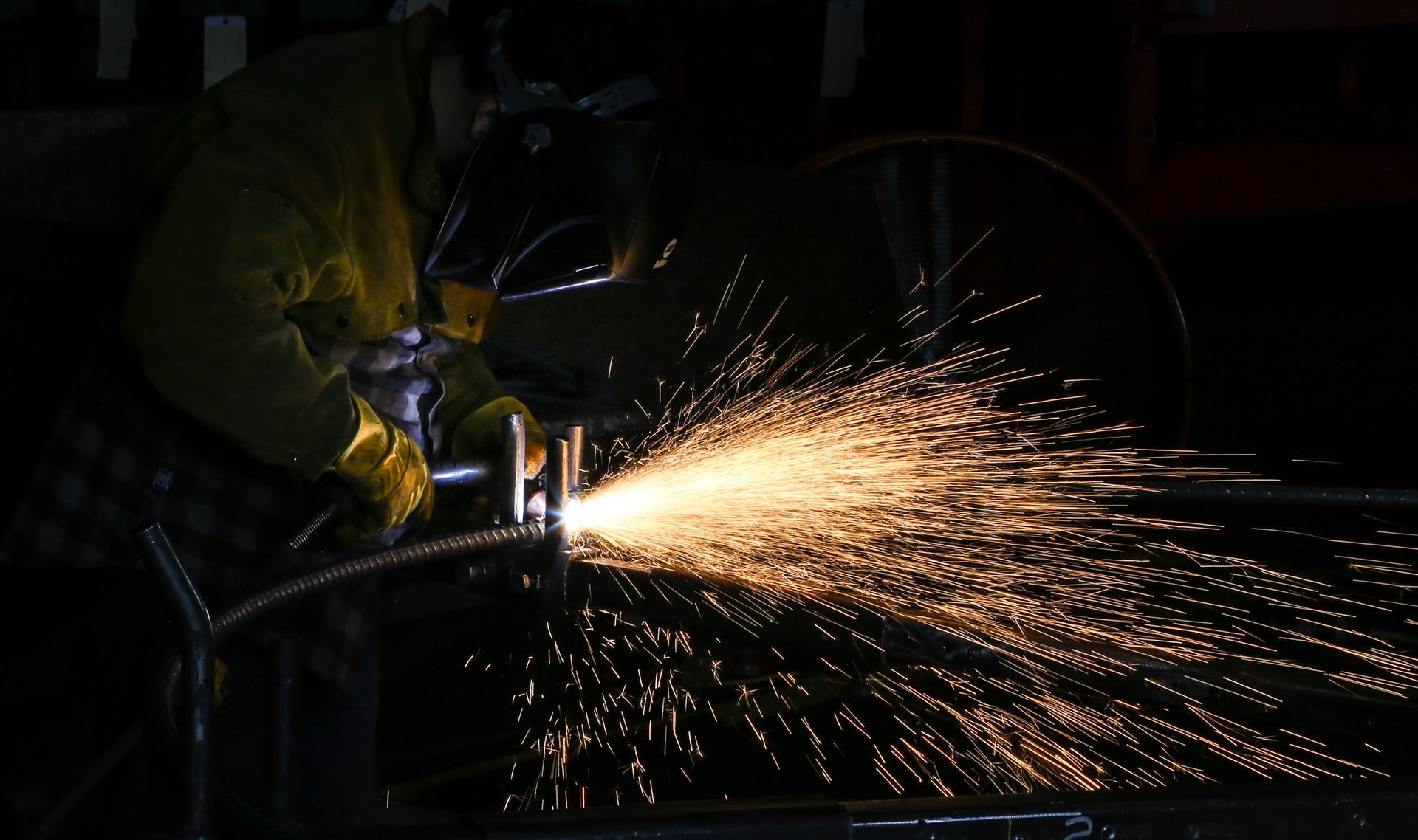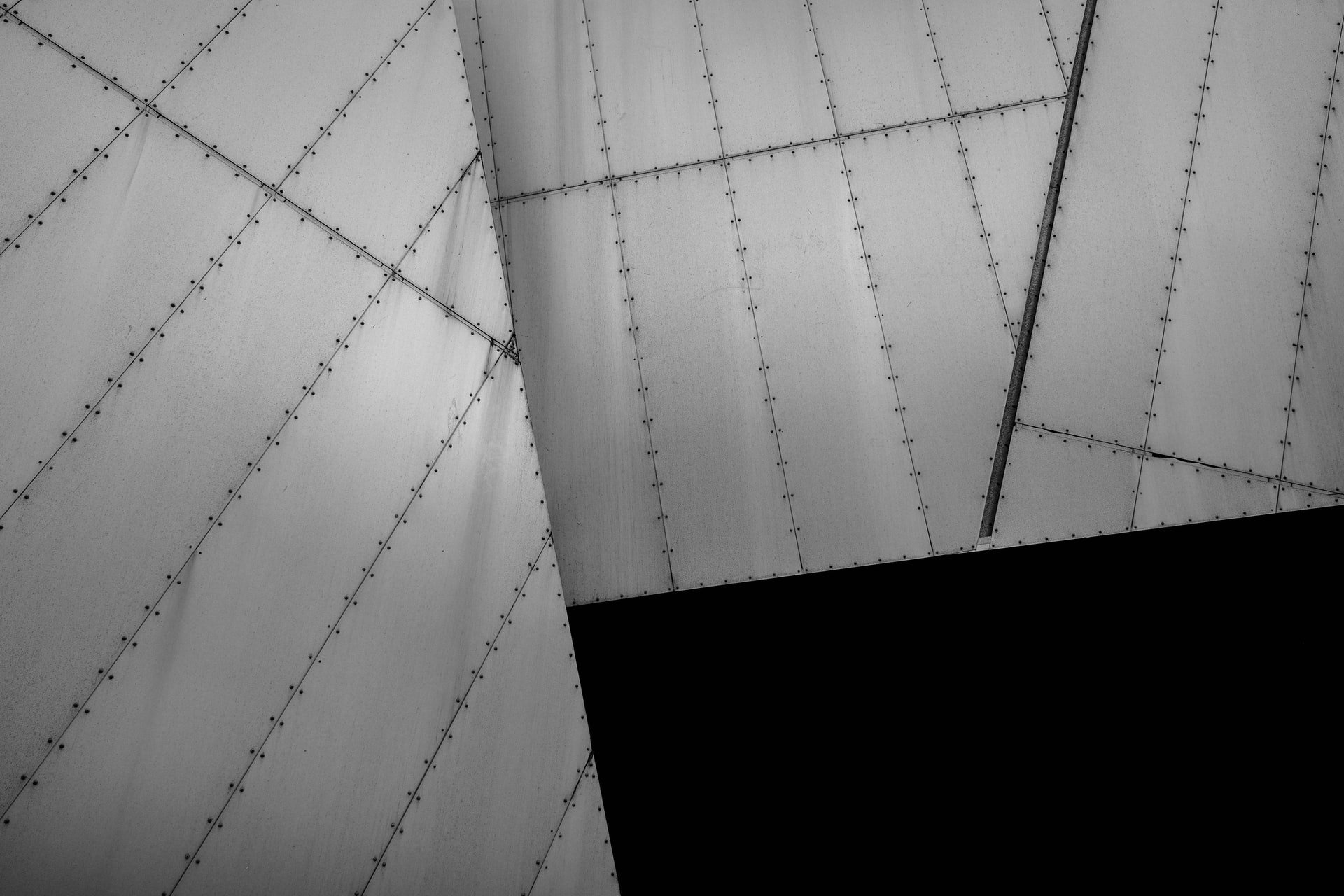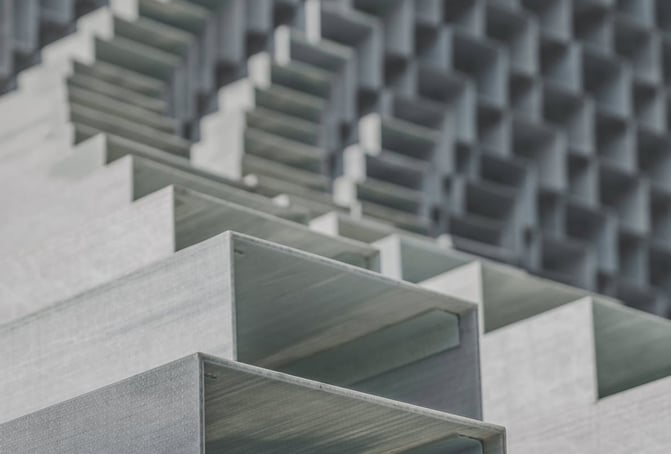
Stainless steel is a hard, strong, ductile material, which is easily fabricated and modified, with excellent resistance to corrosion. Consequently, stainless steel is suitable for a variety of structural and decorative applications in the building sector and elsewhere, but surface finish remains an important consideration.
The majority of stainless steel finishing options can be divided into mill finishes, mechanically polished finishes and special finishes.

Let’s examine each in turn:
1) Mill Finishes
Mill finishes are created by rolling solid stainless steel between two rotating cylinders. So-called ‘hot rolling’ involves heating the stainless steel to temperatures in excess of 900°C, while so-called ‘cold rolling’ is performed at around room temperature.
Mill finishes are the cheapest of the stainless steel finishing options, but typically result in a dull, matt-grey appearance. Consequently, while mill finishes are suitable for applications in which aesthetic appeal is unimportant, or further finishing is to take place, they are not suitable where a decorative finish is required.
Generally speaking, the rougher the surface finish, the lower its resistance to corrosion, so mill finished stainless steel may be unsuitable for exposure to highly corrosive environments, such as seawater.
2) Mechanically Polished Finishes
Mechanically polished finishes involve industrially abrading, or wearing down, the surface of stainless steel with hard, cutting particles to produce a smooth, high-lustre appearance. Abrasives can be wet or dry, but their coarseness and method of application, along with the original surface of the stainless steel, determine the surface finish.
So-called ‘satin polished’ stainless steel is relatively cheap to produce, and further buffing can produce a bright, mirror-like finish. A smooth, mechanically polished surface minimises the risk of contamination by dirt and bacteria, as well as improving the appearance and consistency of the stainless steel. This is the finish of choice for food-safe applications in kitchens, restaurants and hotels.
3) Special Finishes
The term ‘special finishes’ is reserved for finishes which, for aesthetic or practical reasons, are unsuitable for mill or mechanically polished finishes. Special finishes include textured or patterned effects, achieved by rolling stainless steel between two hard, embossed rollers, which may also increase the strength of the finished product.
Special finishes also include a variety of colouring and coating methods.
Colouring, or ‘tincturing’, is achieved by chemical treatment of the surface with an acidic solution that reacts with the protective oxide film. A range of colours are available, but the nature of the process means that colour consistency is difficult to achieve.
In conclusion, the surface finish of stainless steel has implications for both decorative and purely utilitarian, structural applications. In the case of the former, the visual appearance of stainless steel is a fundamental design feature and, in the latter, incorrect surface treatment can increase susceptibility to corrosion, scratching and general wear and tear.
To discuss the best surface finish for your application, call us today on 01945 464 647.
Image source: Pexels



